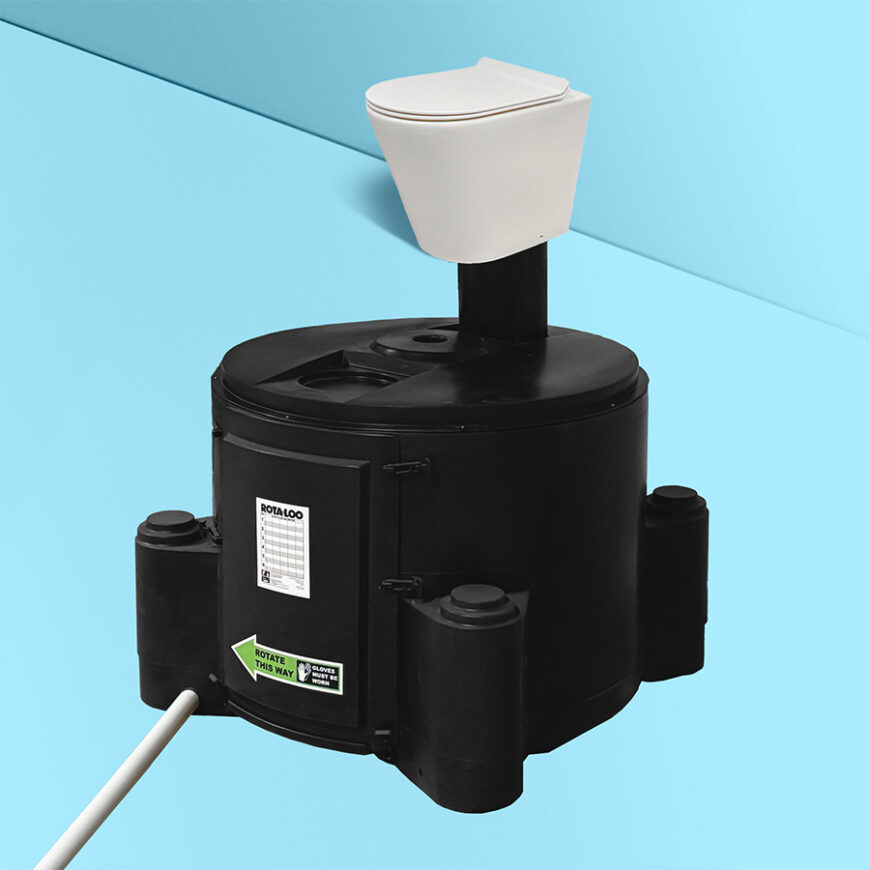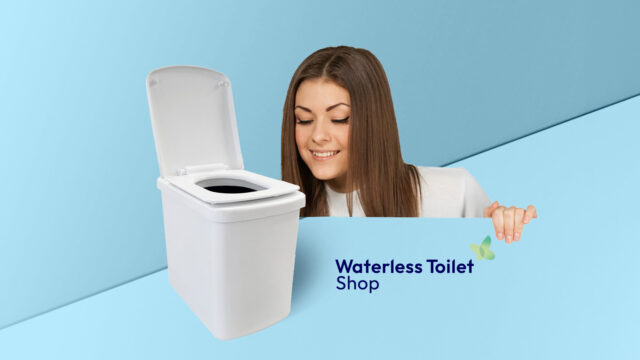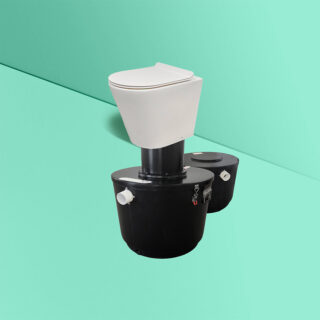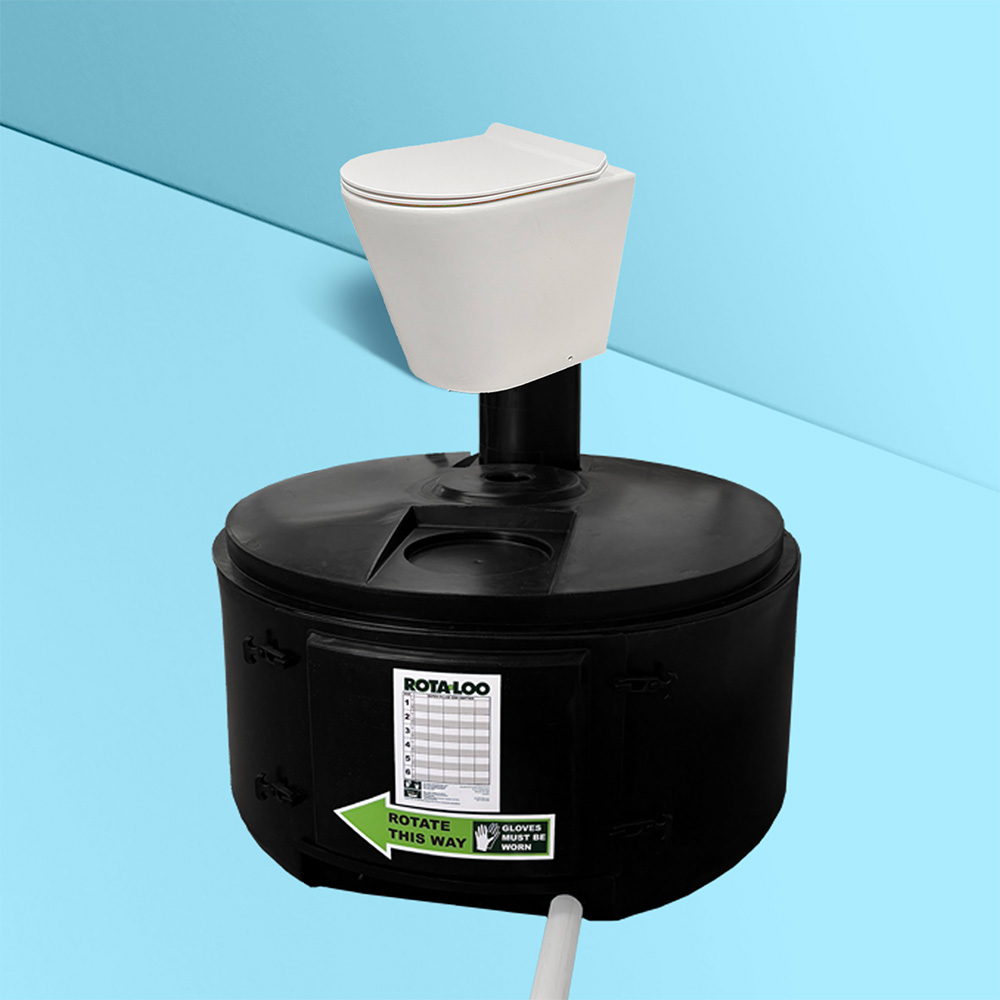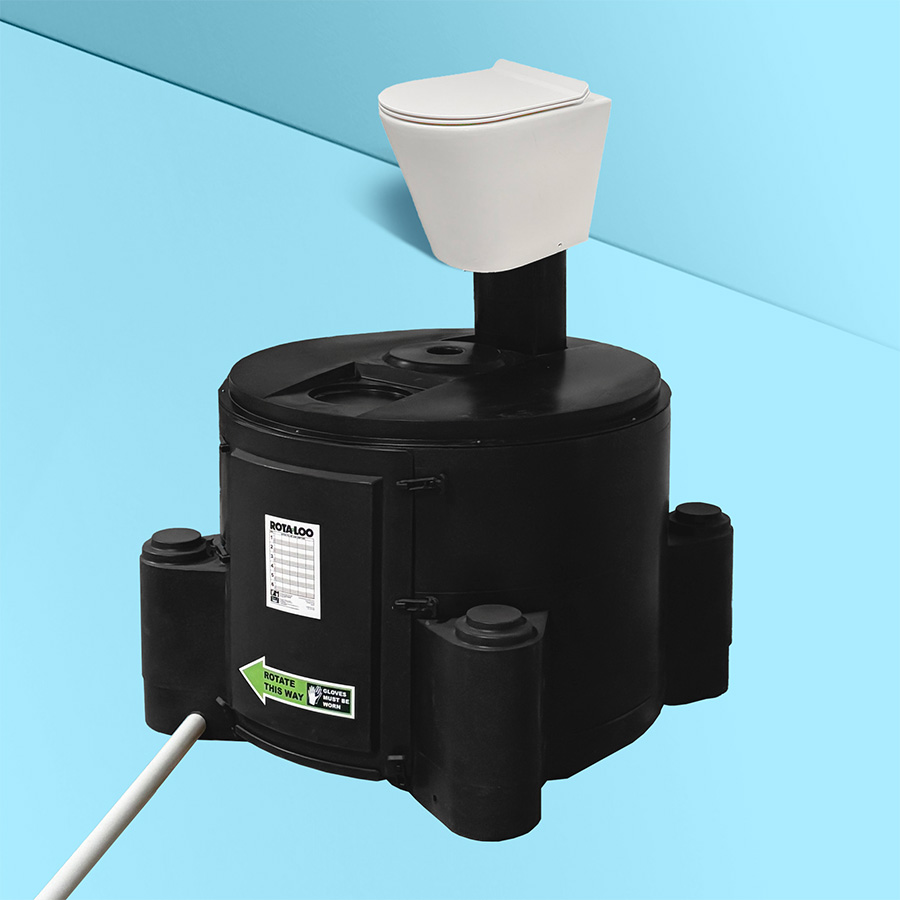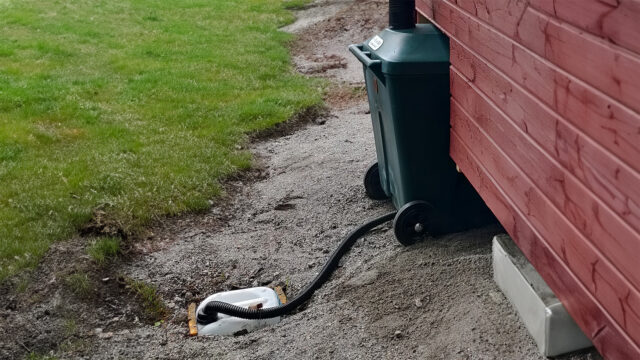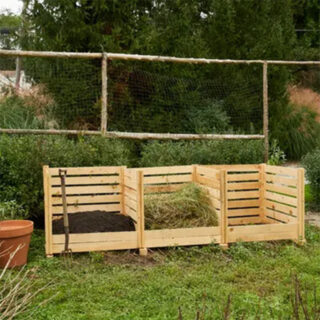Urine Separation in Composting Toilets
Urine separation is one of the most critical components of a well-working composting toilet system. This simple yet effective feature not only ensures an odor-free experience but also enhances the composting process itself. By separating liquid from solid waste, composting toilets eliminate the conditions that cause unpleasant smells while making waste management more efficient.
Importantly, urine separation can be achieved in different ways—it doesn’t always happen directly at the toilet seat. Depending on the design of the toilet, urine may be diverted immediately or separated later within the composting container. Each method has its own advantages, making it important to understand how they work and which is best suited for your needs.
In this article, we’ll explore the different methods of urine separation, why it’s such a vital feature, and how it can transform your composting toilet experience into a cleaner, more convenient, and environmentally friendly solution.
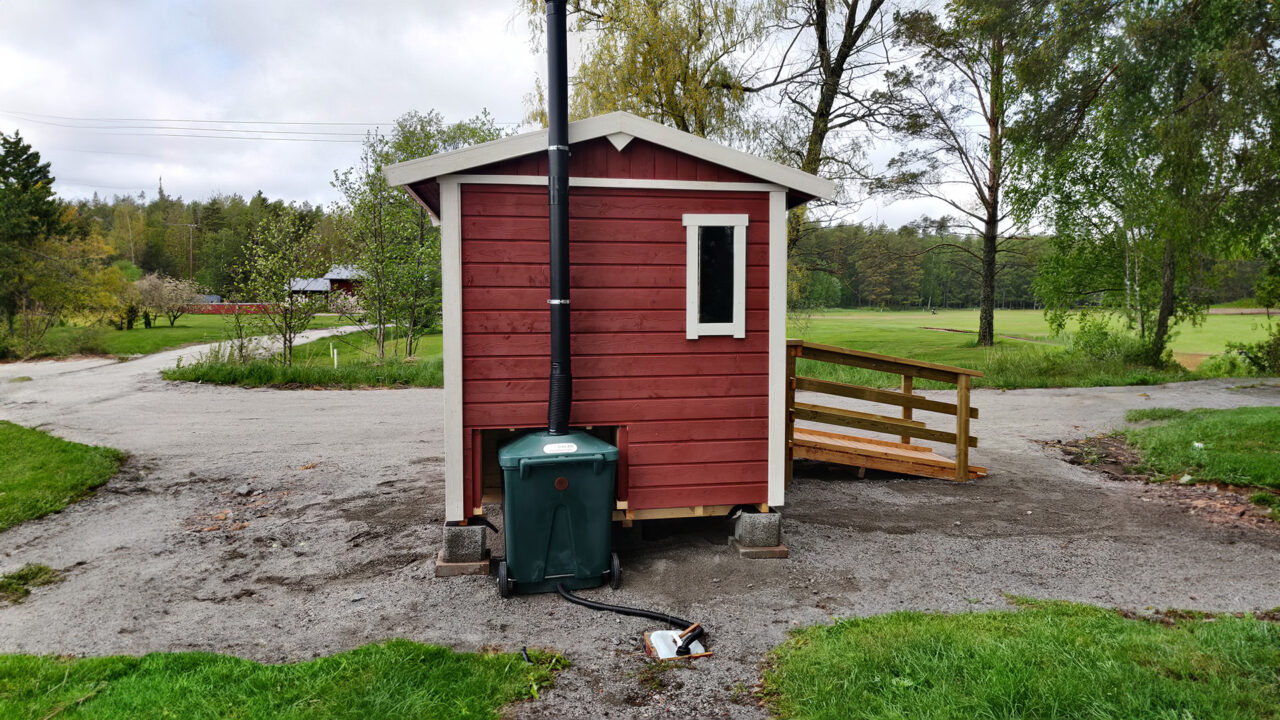
Understanding the Root Cause of Offensive Odor in Toilets
Mixing urine and solid waste doesn’t inherently cause odor problems. The issue arises when the amount of liquid exceeds what the compost can naturally absorb and use in the composting process. This excess liquid disrupts the carbon-to-nitrogen balance, creating an overly wet environment that prevents proper aerobic composting. Instead of breaking down efficiently, the waste begins to rot, producing ammonia—a compound responsible for the strong, unpleasant smell often associated with smelly toilets.
Separating the liquid, pure urine or excess liquid from compost, is key to avoiding these issues. By maintaining the proper moisture level and carbon-to-nitrogen balance, the conditions for natural, odor-free composting are preserved. This simple step ensures the waste breaks down effectively, making separation an essential feature of any successful composting toilet system.
Methods of Urine/Liquid Separation
Proper urine separation is vital to maintaining an odor-free composting toilet and ensuring efficient waste management. There are two primary methods for achieving this separation: directly at the seat or within the composting container. Each method has its unique benefits and challenges, depending on the user’s needs and circumstances.
Direct Separation at the Seat
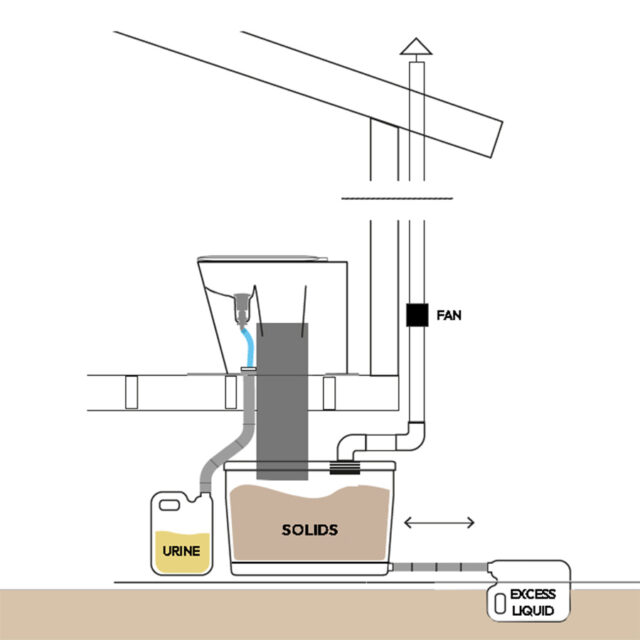
Urine-diverting toilets, also called urine-separating toilets, are designed to separate liquid directly at the seat before it mixes with solid waste. These toilets feature a special design that channels urine into a dedicated container or drainage system, leaving solid waste to compost separately.
Benefits:
- Eliminates odors immediately by preventing urine from mixing with solids.
- Captures nutrient-rich urine that can be used as a natural fertilizer.
Challenges:
- Frequent emptying may be required, as urine accounts for the majority of human waste. For example, a household of two people using a urine-diverting toilet with a 5-gallon container would need to empty it approximately every 4.7 days. This calculation is based on an average daily urine output of 2 liters per person. While this method ensures effective odor control, the frequency of emptying the container may be inconvenient for some users.
Separation Within the Composting Container

An alternative approach involves separating excess liquid within the composting container itself. In this method, urine mixes with the solid waste. Most of it is absorbed into the compost mass and naturally evaporates through the ventilation system. Only the liquid that the compost cannot absorb—referred to as “excess liquid”—is separated and managed.
Advantages:
- Significantly reduces the amount of liquid waste that needs to be managed.
- In warm climates or during summer, all urine may be absorbed and evaporated, leaving no liquid to handle.
- Extends the service interval of the toilet, reducing maintenance frequency from days to months or even years.
Factors Influencing Effectiveness:
- Climate: Warm, dry conditions enhance evaporation and reduce liquid waste.
- Number of Users: More users generate more liquid, potentially requiring additional management.
- Composting Container Fullness: A full composting container may absorb more liquid due to the larger compost volume.
This method is especially beneficial for those seeking a low-maintenance solution. By allowing the composting process to handle most of the liquid, the need for servicing is minimized.
Environmental and Practical Benefits of Urine Separation
Urine separation in composting toilets offers both environmental and practical advantages, making it a smart choice for sustainable and odor-free waste management.
Environmental Benefits
Urine contains valuable nutrients such as nitrogen, phosphorus, and potassium, which can be recycled as natural fertilizer for gardening or agriculture. By diverting urine, users can reduce the environmental impact of traditional wastewater systems while contributing to a circular nutrient economy.
Practical Advantages
From a usability perspective, liquid separation ensures effective odor control. Systems that separate liquid within the composting container offer the added benefit of simplicity: they do not require users to learn to use the toilet. These toilets work seamlessly without special instructions, making them ideal for settings where the toilet may be used by guests, renters, or the public, such as in commercial or vacation rental properties.
In contrast, urine-diverting toilets often require some education or getting used to, as users must direct urine into the front bowl and solids into the back. While effective for odor control, this requirement can lead to misuse or inconvenience if the instructions are not followed correctly, particularly in shared or high-traffic settings.
Comparing Methods
- Direct Separation at the Seat: This method may be the only viable option for very limited or moving spaces, such as RVs or boats, where compact design and immediate odor elimination are essential.
- Separation Within the Composting Container: For most situations, separating liquid within the composting container is the preferred choice. It reduces the frequency of maintenance and simplifies waste management, making it more practical for long-term use in stationary setups.
By understanding the benefits and limitations of each method, users can select the solution that best suits their specific needs and space constraints.
How to Manage Separated Urine/Liquid
Proper management of separated urine or excess liquid from composting toilets is essential for environmental and health considerations. The approach will vary depending on whether the liquid is separated directly or within the composting container, as well as local regulations.

For Urine-Diverting Toilets:
Urine collected from urine-diverting toilets is nutrient-rich and can be repurposed in environmentally friendly ways, but it must be handled responsibly:
- Gardening and Trees: Urine can be diluted with water and used as a natural fertilizer for trees, shrubs, or ornamental plants that are not consumed by humans. Plants and trees can reuse the nutrients, such as nitrogen and phosphorus, promoting growth.
- Storage and Disposal: If not used as fertilizer, urine should be stored and disposed of according to local rules. Many states and counties in the U.S. have specific regulations about the management of urine and liquid waste from composting toilets, so it is essential to check with local authorities.
For Excess Liquid from Composting Containers:
When the liquid is separated within the composting container, the remaining “excess liquid” is often much smaller in volume than directly collected urine. This liquid can typically be managed in two ways:
- Drainage Systems: A small drainage pipe can direct the liquid to an appropriate location, such as a French drain or other drainage system, as permitted by local regulations. A French drain often uses a perforated pipe surrounded by gravel or sand, allowing the liquid to disperse gradually into the soil while preventing pooling or runoff.
- Collection in a Canister: If building a drain is not possible, the excess liquid can be collected in a container or canister. This container can then be carried out and the liquid poured around non-edible plants, trees, or shrubs to reuse its nutrients.
Environmental Considerations
From an environmental perspective, the nutrients in urine or excess liquid are beneficial for plants and trees that can absorb and reuse them. However, these nutrients are harmful to water bodies, such as lakes, ponds, and rivers, where they can cause eutrophication—an over-enrichment of nutrients that disrupts ecosystems and harms aquatic life.
Health Considerations
Urine or excess liquid from composting toilets must never be used on plants that are consumed by humans. This precaution ensures that no harmful pathogens or contaminants are introduced into the food chain, even if the liquid appears clean.
Choosing the Right System

When selecting a composting toilet, it’s important to consider how and where the toilet will be used. Unless there is a specific need for a urine-diverting toilet beyond odor control, we generally recommend choosing a composting toilet that separates excess liquid within the composting container. This approach drastically reduces the volume of liquid waste that needs to be managed, significantly extending the toilet’s service interval.
In certain situations, however, a urine-diverting toilet may be the better option. For example:
- Limited Spaces: In compact environments such as RVs or boats, where drainage systems or composting containers are not practical, a urine-diverting toilet can offer a simple and effective solution.
- For Pee-Only Toilets: If the toilet is intended for urination only, a urine-diverting toilet can efficiently handle the liquid waste without requiring a composting system.
Ultimately, the choice between these systems depends on your specific needs, space limitations, and maintenance preferences. By carefully evaluating your requirements, you can select the right composting toilet for a convenient, odor-free, and sustainable experience.
Common Questions and Misconceptions
When it comes to composting toilets, there are a few common questions and misconceptions that often arise. Let’s address some of the most frequently asked questions to help clarify the key aspects of using these systems.
Technically, yes—but it’s not recommended. Without urine separation, the composting process becomes much harder to manage. When liquid and solids mix, the compost mass can become too wet, leading to rotting instead of proper composting and causing unpleasant odors.
Technically, it may be possible to burn the liquid, but it’s not an eco-friendly solution. Burning destroys the valuable nutrients in the liquid, such as nitrogen and phosphorus, which could otherwise be reused by plants. Additionally, because liquid has a high water content, burning it requires a significant amount of energy, making it an inefficient and environmentally unsound method of disposal.
Instead, managing the liquid through methods like dilution for fertilizing non-edible plants or using a drainage system is a much more sustainable and practical approach.
Yes, composting toilets can be used in cold climates, but some considerations are necessary to ensure smooth operation:
- Liquid Piping: Design the liquid piping or tubing so that liquid flows naturally downward to a perforated drain or collection container. Avoid horizontal sections where liquid could freeze and block the pipe.
- Container Maintenance: Regularly check the liquid container to ensure it doesn’t freeze and overflow. If freezing is a concern, consider insulating the container to reduce the risk of damage.
- Repair Costs: Be prepared to invest a few extra dollars each year for potential repairs if freezing damages the liquid pipe. While rare, these small repairs may be necessary to keep your system running smoothly.
- Insulation: For added protection, insulating the container and piping can help prevent freezing and maintain functionality during colder months.
Photo gallery above shows how you can for example insulate composting toilet’s liquid container for winter use.
Learn more
Conclusion
Liquid separation is a cornerstone of modern composting toilet design, providing significant benefits for odor control, waste management, and sustainability. By separating liquid from solid waste, these systems ensure proper composting conditions and offer a more pleasant user experience.
The separation can be achieved in two ways: directly at the toilet seat in urine-diverting toilets or within the composting container after the liquid and solids have initially mixed. Each method has its advantages, and the right choice depends on the user’s specific needs and the intended application.
For most users, separating excess liquid within the composting container is ideal, as it drastically reduces the amount of liquid that needs to be managed and extends the toilet’s service interval. However, in situations where space is limited, such as in RVs or boats, or where the toilet is used primarily for urination, a urine-diverting toilet may be more practical.
Managing the separated liquid responsibly is essential. Whether used as a nutrient-rich fertilizer for non-edible plants or directed to a proper drainage system, this process aligns with sustainable practices and supports environmental health.
With the appropriate system and mindful management, composting toilets with urine separation provide an efficient, odor-free, and eco-friendly solution for homes, off-grid living, and beyond.

















